A warm welcome awaits you at the Adansonia Hotel.
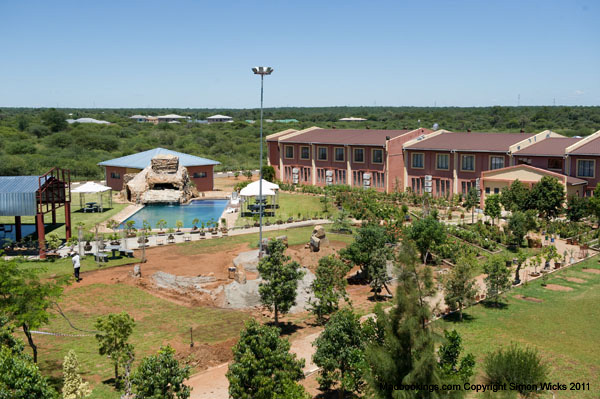
About Adansonia Hotel
Gaze at the lush greens or the sunlight swimming pool to sooth your senses.
Found on the premises are dolerite dyke so called 'dolly holes' resulted from ore crushing associated with gold mining in pre historic times, sometimes between 1000 and 1800AD. A must see for the visitor.
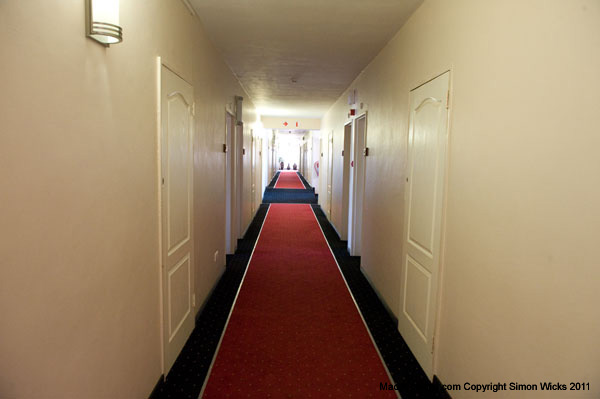
Features of Adansonia Hotel
The hotel consists of 73 spacious standard, deluxe and executive air conditioned and wall to wall carpeted rooms which exhibit a distinctive contemporary charm, designed and furnished with careful attention to detail with modern amenities.
- 6 Guest rooms
- Bed and Breakfast
- Licensed Lounge Bar
- Colour LCD Free View Television
- Wi-Fi Available
- Non Smoking Establishment

Standard room
- Double bed
- Exquisitely furnished
- Wall to wall carpeted
- Satellite television
- Air conditioner
- Shower
- Tea and Coffee facilities
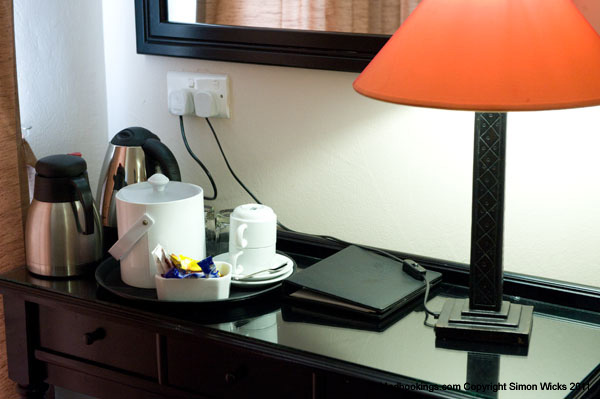
Deluxe Room
- Double bed
- Exquisitely furnished
- Wall to wall carpeted
- Satellite television
- Air conditioner
- Shower and bath
- Hot beverage facilities
- Mini bar fridge
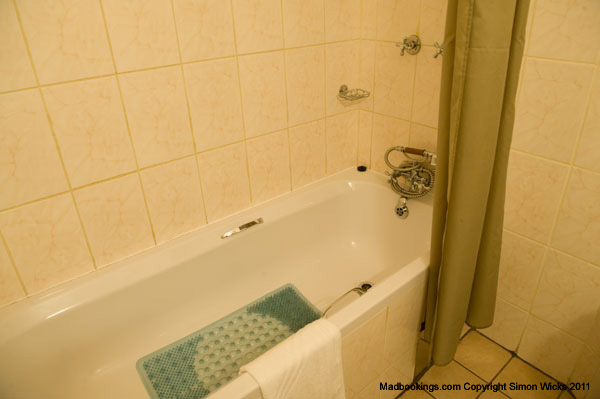
Twin Room
- Two single beds
- exquisitely furnished
- Wall to wall carpeted
- Satellite television
- Air conditioner
- Shower in room
- Hot beverage facilities
- Mini bar fridge
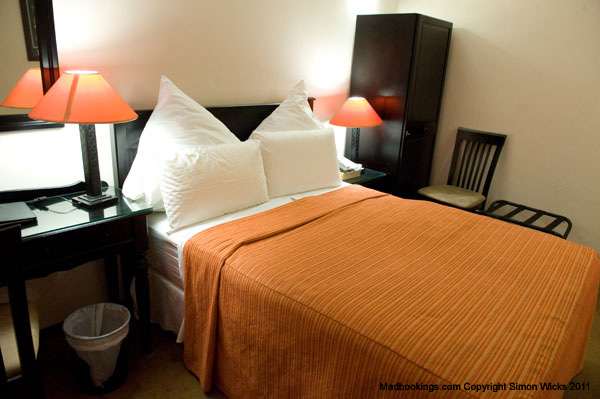
Executive Room
- Queen size bed
- Exquisitely furnished
- Wall to wall carpeted
- Satellite television
- LCD TV
- Hot beverage facilities
- Jacuzzi in room
- Large spacious room
- Air conditioner
- Mini bar fridge
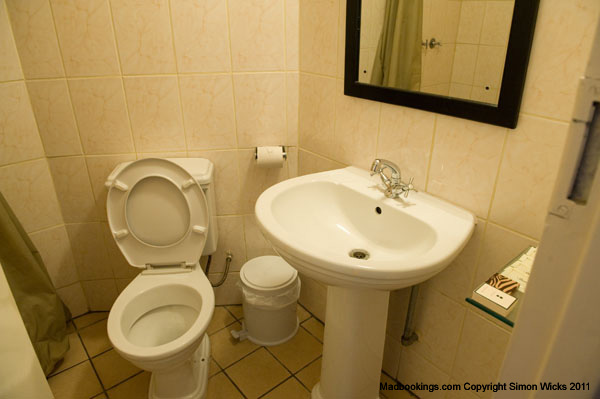
Dining ar Adansonia Hotel
Dolly Hole Grill, Restaurant and Bar
- Located adjacent to the pool
- Sits up to 125 guests
- A la carte menu
- Fully air conditioned
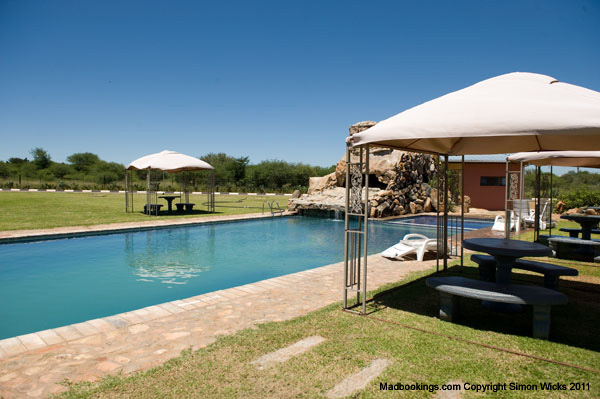
Conference Rooms
The property has four conference rooms
- Two rooms with a capacity of 150 to 300 pax
- Two rooms with a capacity of 60 to 100 pax
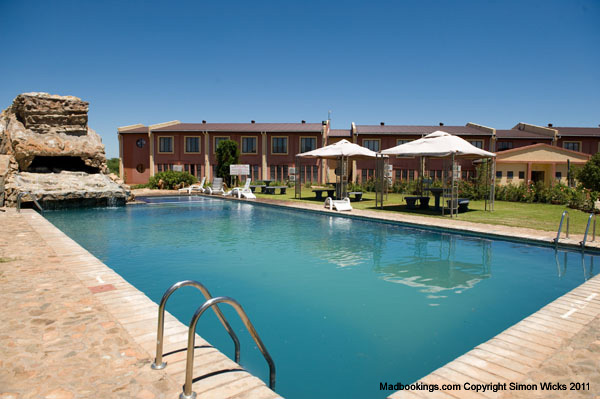
Convention Centre
- Main hall - sitting between 500 to 1000 pax
- Small room - sitting capacity up to 150 pax
- Small room - sitting capacity up to 20 pax
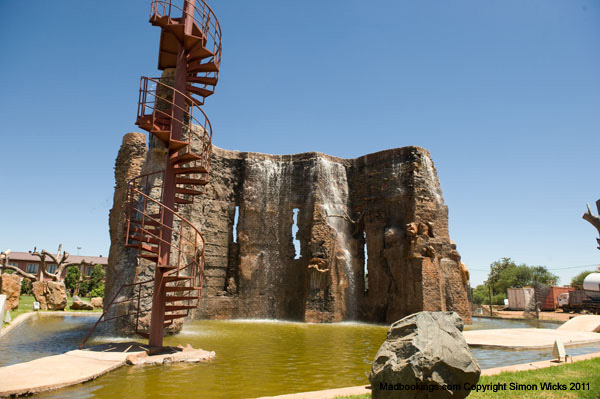
About Francistown
As one of the oldest towns in Botswana and site of southern Africa's first gold rush, Francistown, home to 92,500 people, is a typical frontier town, strategically placed as the gateway to the north, with all the main roads to Gaborone, Zimbabwe, Maun and Kazungula passing through it.
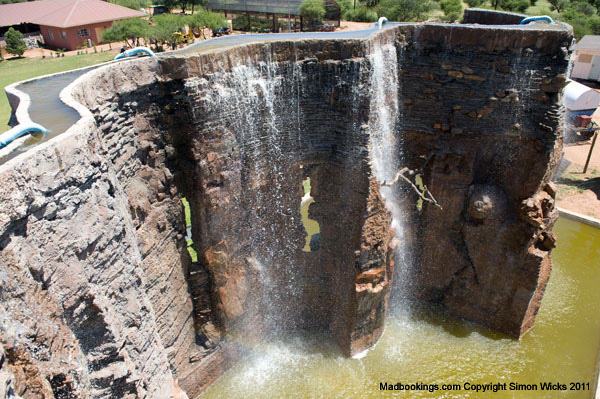
It manages to maintain its character despite being Botswana's second-largest urban centre and "Capital of the North".
Evidence of human habitation goes back for 80,000 years.
In the 1820s, the Ndebele stormed through before coming to rest near Bulawayo, bringing their influences and taxation to the Kalanga territory of north-eastern Botswana.
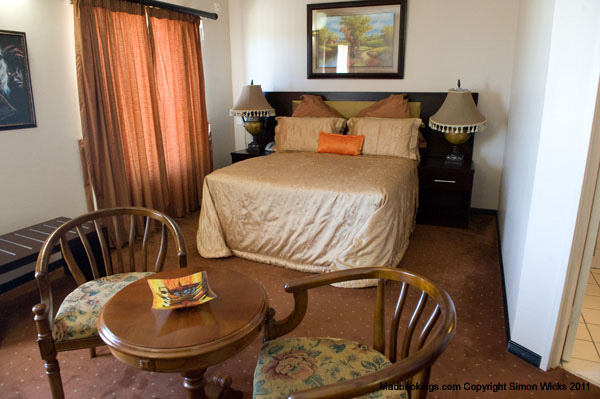
The first European to visit Nyangabgwe (the nearest village to present-day Francistown) was missionary Robert Moffat.
He was followed by Karl Mauch, who discovered gold along the Tati River in 1867, followed soon thereafter with more deposits in the Francistown area itself.
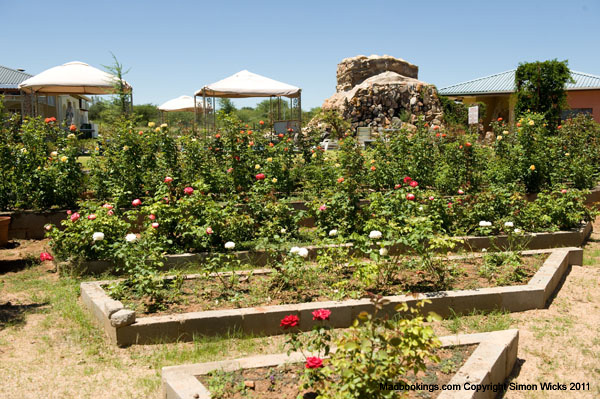
Francistown was the site of southern Africa's first "gold-rush". Area hailed as the Ophir of Africa, was rushed by prospectors and adventurers alike to stake their claim of fame and fortune, many coming from as far as Australia and America.

With the rapid influx of people, Daniel Francis - after who Francistown was named - organised the establishment of the town.
Initially the town consisted of just one main street lined with bustling western-style saloons and supply stores running parallel to the “Cape to Cairo " railway line.
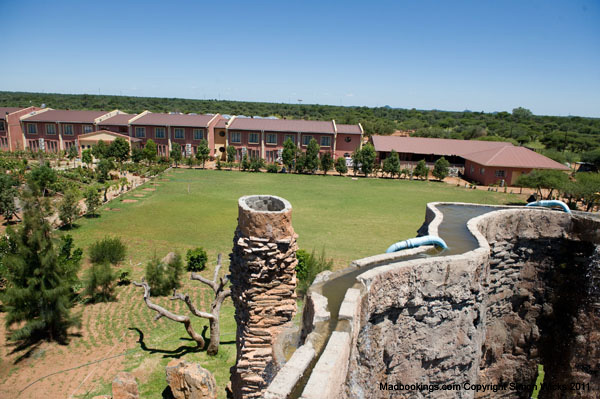
Many of these old shafts and dumps now litter the urban sprawl, most whose history has long been forgotten, along with the dreams of early pioneers.
But the excitement of the times is preserved in the evocative names of some of the mines which remain; ' Phoenix ', ' Bonanza ', ' Jim's Luck ', ' Lady Mary ' and ' White Elephant ' to name but a few.
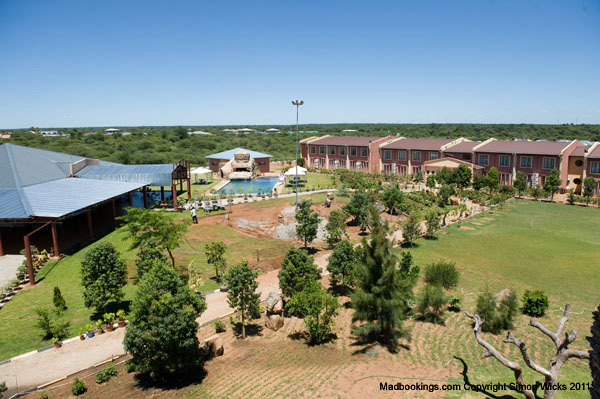
It is not only the mine names which tell a story, the main street in Francistown is still called ' Blue Jacket Street ', and is dedicated to the memory of an old prospector, Sam Andersen.
Sam was famous before arriving in Botswana as having been the first man to walk, with little more than his prospecting wheelbarrow, right across Australia's Western Desert.
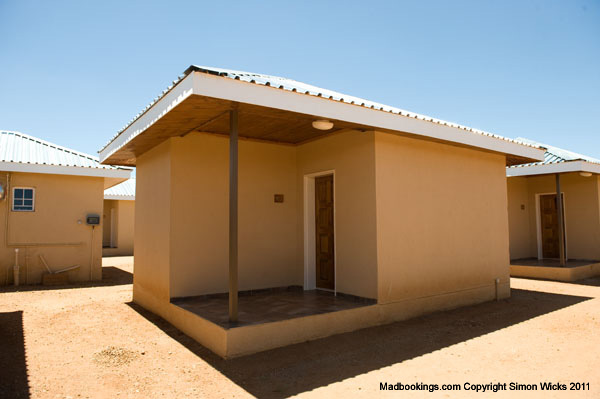
Yet he is immortalized in Francistown for the blue denim jacket that he always wore.
The gold in eastern Botswana is a complicated mix of narrow reefs, which made it very difficult for the early miners to extract and by the 1940 much of the small scale operations had ceased, leaving the larger mines, which now merely sustain their operations hoping for new finds and an improvement in the gold price.
But today more fortunes are found in Francistown's couple of casinos than in the shallow shafts, and the real buzz is in the city's nightlife.
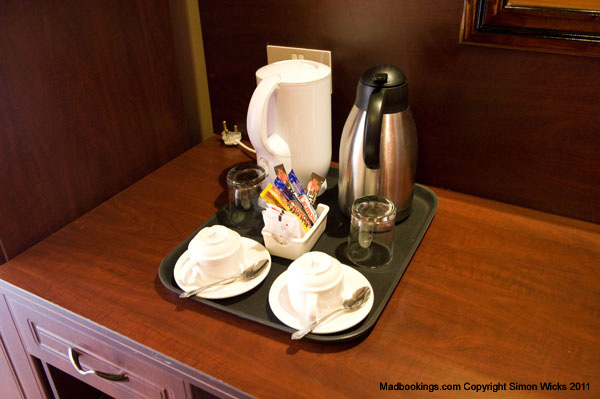
The city boasts a range of good restaurants, sophisticated shopping malls, cinema, night clubs (jazz club called New Yorker), a couple of excellent hotels which offer fully equipped conference facilities, one of the largest referral hospitals in Botswana, an extensive library, sports facilities, well-kept parks and colourful markets.
Nowadays, the city is experiencing an economic boom.
In the last few years Francistown has had a near total facelift - to the point that much of its original dusty frontier town atmosphere has disappeared.
Whether you are continuing north to Zimbabwe (90km to the border) or northwest to either Maun or Kasane, Francistown is a good place to purchase any further supplies you may need and fill long-range tanks.
